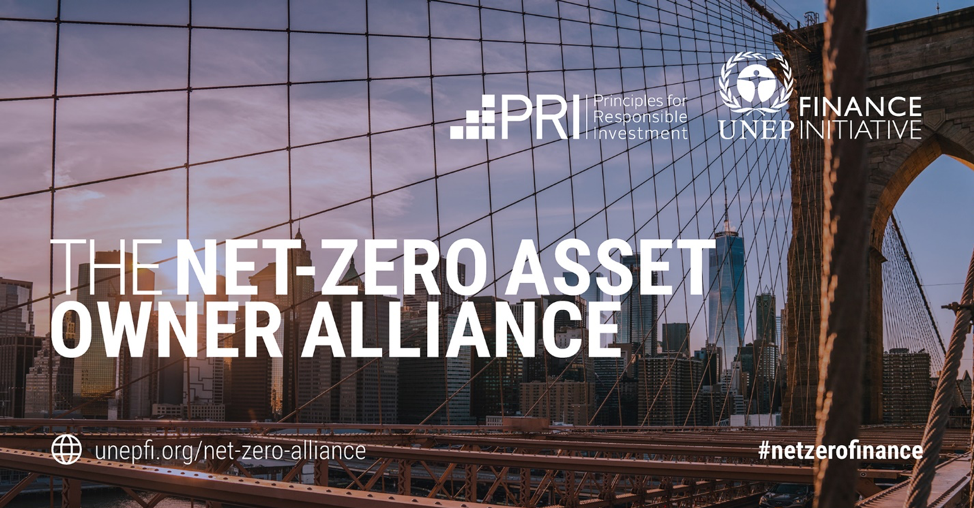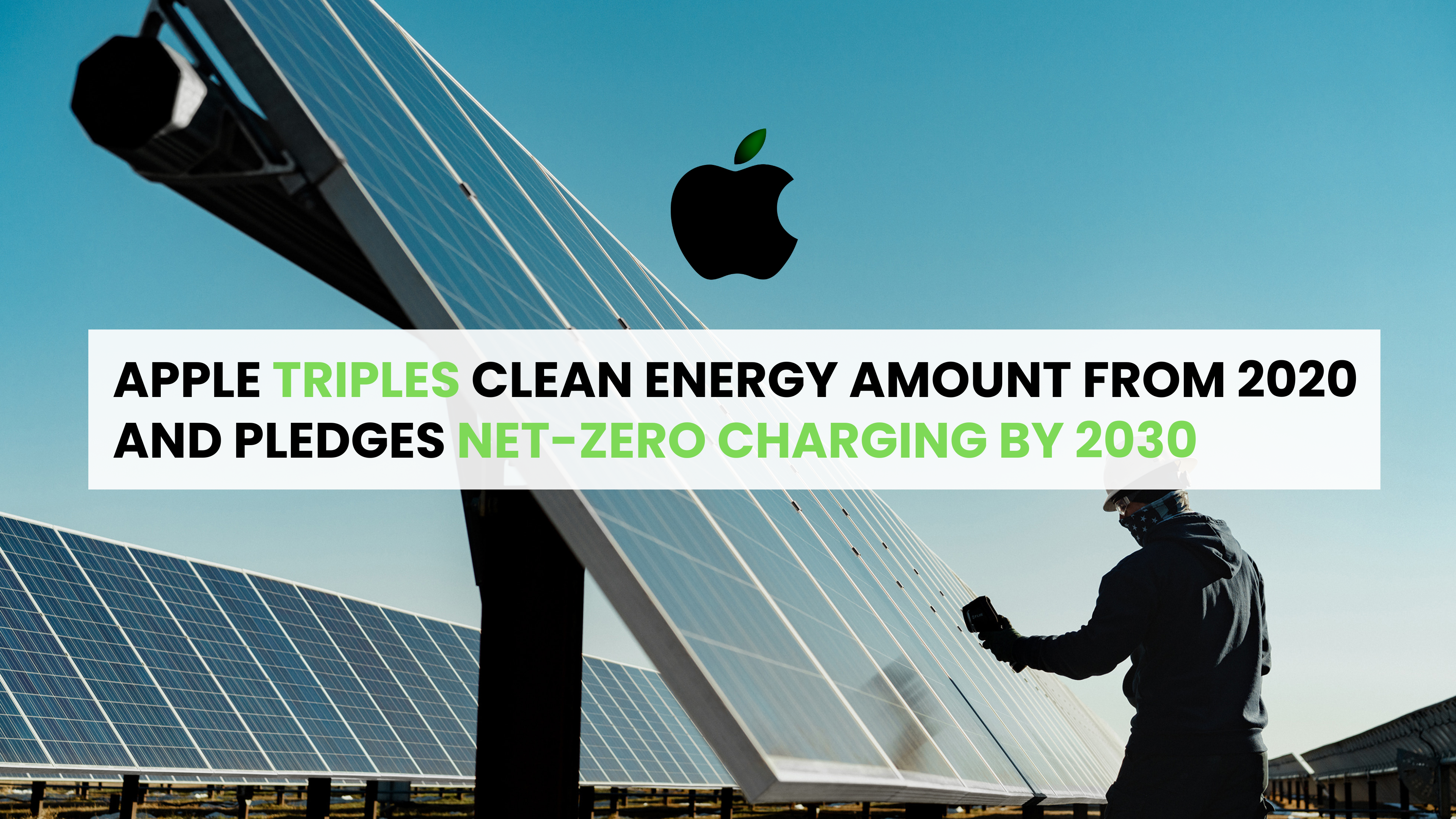Panel Discusses How Health Alliances can Improve Patient and Provider Experience – ESG News

John Halamka, David Weeks, Carl Camden, Mary Butler Everson, and Meyrick Vaz on the Healthcare Alliances: A New Bottom Line with Blockchain Panel Discussion at Converge2Xcelerate Conference (Boston, MA)
(ESG News) – In addition to now serving as the president of the Mayo Clinic Platform, which focuses on how digital platforms can transform healthcare, John Halamka is also a provider.
“Every year, I have to submit my data to hundreds of organizations, and every one of them has to go through some third-party intermediary to verify who I am, where I went to medical school, and what I’m board certified in,” Halamka said while moderating a panel discussion on healthcare alliances at the Converge2Xcelerate Conference. The event, held in Boston, was filmed live by the Traders Network Show, hosted by Matt Bird.
The panel discussed how healthcare alliances could use blockchain technology to create open networks for securely sharing data. Other panelists were David Weeks, representing Coalesce Health Alliance; Carl Camden, the president and founder of iPSE-U.S., Mary Butler-Everson, representing Alliance Consortium; and Meyrick Vaz, representing the Synaptic Health Alliance.
The consensus was that alliances can minimize inefficiencies and save costs, but implementing new systems presents huge challenges—namely, facilitating stakeholder buy-in and encouraging the integration of new technology.
Each panelist discussed specific examples of how their partners or constituents could benefit from blockchain technology.
Vaz said Synaptic Health Alliance was focused on provider directory maintenance, specifically on the ability of partners to share and score each other’s data and share provider outreach operations.
“For you as a physician, we want to make sure that we don’t individually keep pinging you for data corrections about where you’re practicing, and you don’t have to take that call six different times from six different Synaptic members. You take it once, and everybody else gets access to the correction,” Vaz said. He explained the goal was to bring down the $2 billion that’s wasted annually by such inefficiencies.
Similarly, Coalesce Health Alliance was using blockchain technology for data sharing, with the goal of eliminating duplications in the process. He said that anyone who has picked up a prescription only to find that the copay has changed has experienced the inefficiencies in healthcare billing—all the behind-the-scenes data sharing among payers, providers and others has unwittingly affected the consumer. Blockchain could provide real-time, trusted access to that information, Weeks said.
As Halamka noted, we have a healthcare system in which a doctor honestly can’t tell patients what a given bill will be for services that the doctor herself provided.
“Doesn’t the doctor understand what your out-of-pocket expense will be? Nope,” he said.
Butler-Everson said her alliance was focused on governance and incentive models that will encourage collaboration so that the industry can move toward more universal standards of payment and care.
“The problem is we have standard-ish in healthcare,” she said. “There really aren’t standards.”
The Alliance Consortium started with use cases like alternative payment models and coordination of benefits, Butler-Everson said.
“They are problems that in the grand scheme of things may be a small, say 5% or 10% of revenue touching, but they are massive in terms of what I call ‘value sucking’ from our organizations,” she said. “Our goal is really looking at how do we tackle the big problems, show them with narrow use cases to prove it out. But each of those use cases have elements that are fundamental in the larger problem…And our whole goal is really creating some level of standards, not to impede activity, but to, in fact, accelerate activity.”
Camden, whose association represents independent workers, provided a consumer perspective. He said 37 million independent workers don’t have health insurance, an issue exacerbated by the fact that many of those workers take on short-term contracts, often involving employers in many different states. His interest was in blockchain’s ability to create a medical record and insurance system that independent workers could take with them from job to job.
All of the panelists agreed that blockchain doesn’t necessarily have to be the chosen platform to solve these problems, but it does benefit from its ability to let disparate computer systems communicate amid a decentralized system in real time. Those aspects make it hugely beneficial for an industry like healthcare, which is giant, fragmented and focused on privacy and security.
“It’s a utility,” Halamka summarized of blockchain technology. “It’s a shared utility.”
And it could power big changes in healthcare.










